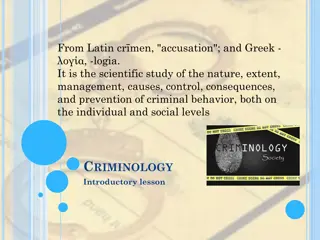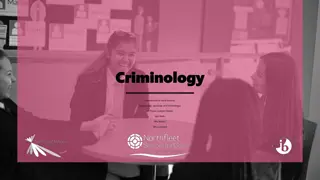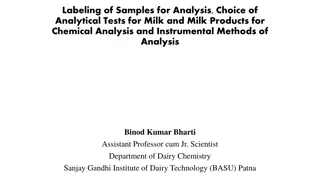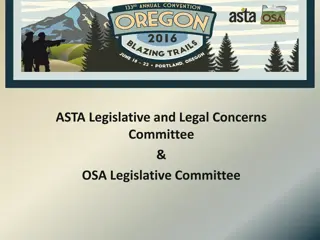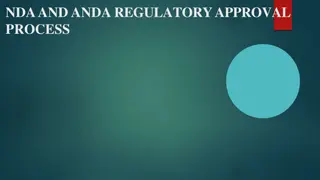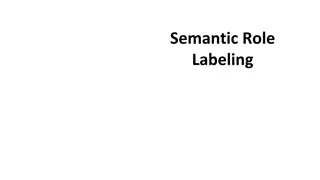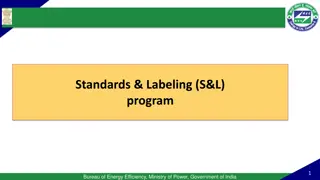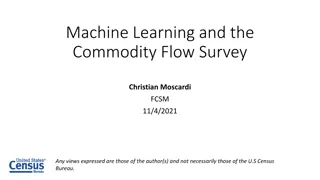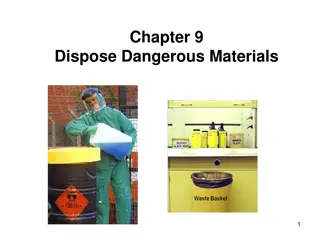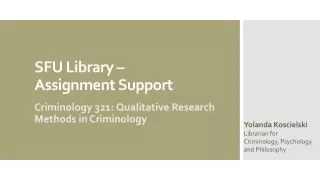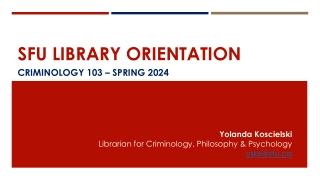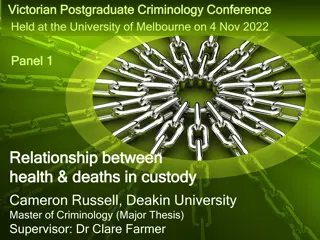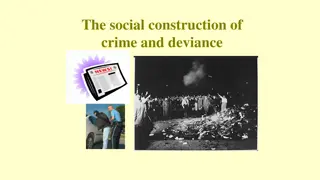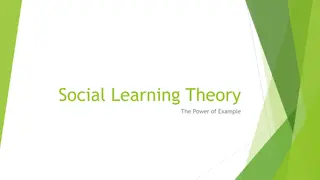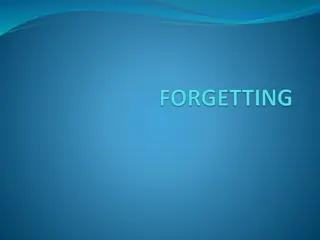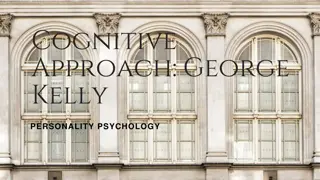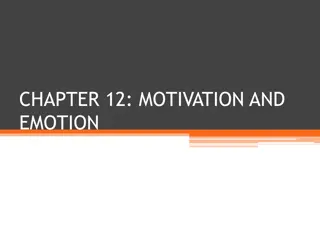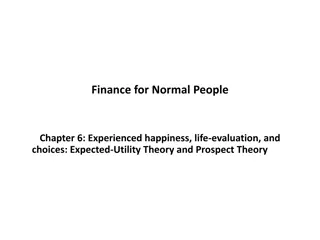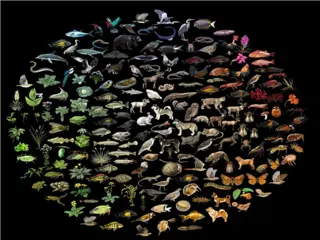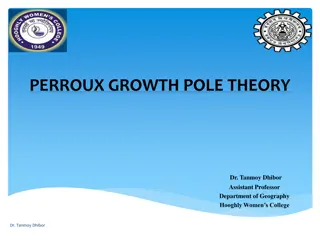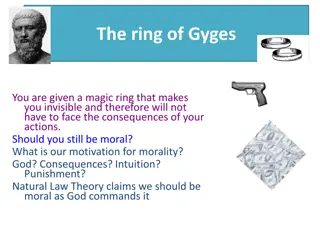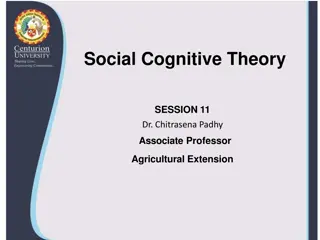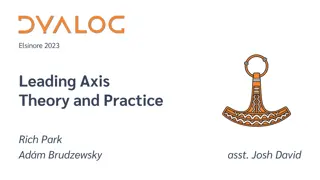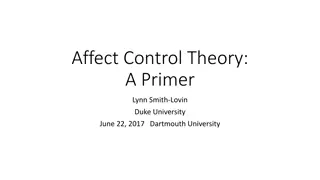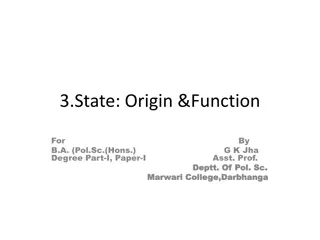Understanding the Labeling Theory in Criminology
The Labeling Theory explores how individuals, particularly juveniles, are labeled by society and authorities, leading to self-fulfilling prophecies of delinquent behavior. It discusses the impact of societal perceptions on criminal identity, highlighting the consequences of being labeled as "bad kids" or living in a "dangerous city." The theory emphasizes how such labels can shape behavior and perception at both individual and community levels, influencing outcomes such as crime rates and property values.
Download Presentation

Please find below an Image/Link to download the presentation.
The content on the website is provided AS IS for your information and personal use only. It may not be sold, licensed, or shared on other websites without obtaining consent from the author. Download presentation by click this link. If you encounter any issues during the download, it is possible that the publisher has removed the file from their server.
E N D
Presentation Transcript
The Labeling Theory The Labeling Theory (Tannenbaum, 1938) Look at kids behavior in the community First phase Kids mischievous behavior Viewed as good kids doing some bad things Kids are good; yet some of their behaviors are bad Second phase (turning point) As they grew up, their mischievous behavior escalates They are viewed as bad kids doing things that expressed their badness Kids are bad; their behavior is an expression of their innate badness
The Labeling Theory The Labeling Theory The labeling process These kids are considered as bad kids They are treated as bad-kids Community members Juvenile justice system Going through the processes The labeling by juvenile justice system is the strongest They are juvenile delinquents Family members Juvenile delinquents become their master status No matter what they do, they are judged as delinquents Juveniles started to internalize the label and consider themselves as delinquents They stop making efforts to change others view of themselves Delinquent behavior
The Most Dangerous Cities in the U.S. Crime In America: Study Reveals The 10 Most Unsafe Cities (It s Not Where You Think) (forbes.com) About 3,550,000,000 search results (containing this topic) Jackson, MS as the second most dangerous city How a state capital became one of the deadliest US cities | CNN
The Most Dangerous Cities in the U.S. A dangerous city It is a label With this label The only impression of this city is its dangerousness Things that are overshadowed by its dangerousness Most of the areas in the city are not dangerous Rich history is overshadowed Cultural legacy is overshadowed
The Labeling Process Turning point Analogous to the labeling process at the individual level A city with some areas having high crime rates A dangerous city having high crime rates The labeling process Social media Homeowners insurance (crime rates) Homeownership insurance premium is affected by crime rates (Klein and Grace, 2001; Walters, 1974) Property values Violent crime and incidence of sex offenders in neighborhoods affect property values (Samarin and Sharma, 2021) Crime risk (the proximity of registered sex offenders) and property values (Wentland, Waller, & Brastow, 2013) Crime rates negatively impact housing prices (Tita, Petras, & Greenbaum, 2006)
The Labeling Process The labeling process Local businesses Crime problems and neighborhood appearances affect the small businesses expected sales (Gartner & Bhat, 2000) Crimes directly affect small businesses (in six Midwestern states) (Fisher & Looye, 2000) Tourism and crime High crime rates negatively affect tourism (international tourism) (Altindag, 2014)
The Label Successfully Applied A dangerous city It is a label successfully applied It becomes a master status of a city No matter what the city does to change its image It is still regarded as a dangerous city Residents of the city Master status: Residents of the dangerous city Anger, feeling of being mistreated, and hopelessness among the residents of the city Which, in turn, may lead to increases in crime rates (Agnew, 1999)
Break the Labeling Process: the Use of Human Agency The Labeling Theory (Tannenbaum, 1938) The majority of those involving in the labeling process play a passive role Following the lead of criminal/juvenile justice system Or following the lead of social media Individuals are passive recipient of the labeling process Human agency to break the labeling process Residents of the city Defying the labeling process Sharing their positive experiences living in the city Resisting following the lead in labeling a city as dangerous Emphasizing the variation in term of crime rates among the neighborhoods in the city


